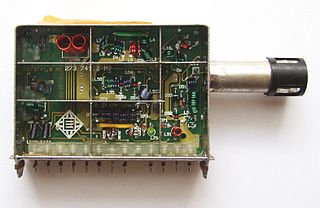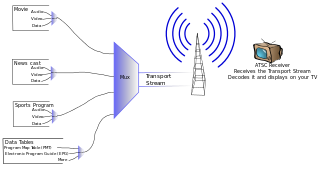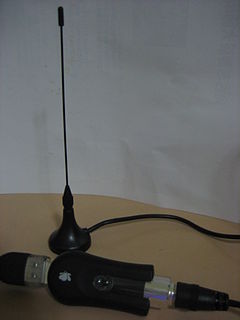It has been requested that the title of this article be changed to Digital television in the United States . Please see the relevant discussion on the discussion page. The page should not be moved unless the discussion is closed; summarizing the consensus achieved in support of the move. |
- See digital television for more technical details, or DTV transition in the United States for specific information related to the analog-to-digital switchover
This article needs to be updated.(November 2010) |
In the United States, digital television broadcasts, or DTV, can be received via cable, via internet, via satellite, or via digital terrestrial television - much like analog television broadcasts have been. Full-power analog television broadcasts, however, were required by U.S. federal law to cease by June 12, 2009. Low-power, Class A, and TV Translator stations are not currently required to cease analog broadcasts. Also by law, digital broadcasts - when transmitted as OTA signals - must conform to ATSC standards.; [1] it is unclear whether satellite operators are free to use their own proprietary standards[ citation needed ]; and many standards exist for Internet television (most are proprietary).

The United States of America (USA), commonly known as the United States or America, is a country composed of 50 states, a federal district, five major self-governing territories, and various possessions. At 3.8 million square miles, the United States is the world's third or fourth largest country by total area and is slightly smaller than the entire continent of Europe's 3.9 million square miles. With a population of over 327 million people, the U.S. is the third most populous country. The capital is Washington, D.C., and the largest city by population is New York City. Forty-eight states and the capital's federal district are contiguous in North America between Canada and Mexico. The State of Alaska is in the northwest corner of North America, bordered by Canada to the east and across the Bering Strait from Russia to the west. The State of Hawaii is an archipelago in the mid-Pacific Ocean. The U.S. territories are scattered about the Pacific Ocean and the Caribbean Sea, stretching across nine official time zones. The extremely diverse geography, climate, and wildlife of the United States make it one of the world's 17 megadiverse countries.
Digital television (DTV) is the transmission of television signals, including the sound channel, using digital encoding, in contrast to the earlier television technology, analog television, in which the video and audio are carried by analog signals. It is an innovative advance that represents the first significant evolution in television technology since color television in the 1950s. Digital TV transmits in a new image format called HDTV, with greater resolution than analog TV, in a wide screen aspect ratio similar to recent movies in contrast to the narrower screen of analog TV. It makes more economical use of scarce radio spectrum space; it can transmit multiple channels, up to 7, in the same bandwidth occupied by a single channel of analog television, and provides many new features that analog television cannot. A transition from analog to digital broadcasting began around 2006 in some countries, and many industrial countries have now completed the changeover, while other countries are in various stages of adaptation. Different digital television broadcasting standards have been adopted in different parts of the world; below are the more widely used standards:

Cable television is a system of delivering television programming to consumers via radio frequency (RF) signals transmitted through coaxial cables, or in more recent systems, light pulses through fiber-optic cables. This contrasts with broadcast television, in which the television signal is transmitted over the air by radio waves and received by a television antenna attached to the television; or satellite television, in which the television signal is transmitted by a communications satellite orbiting the Earth and received by a satellite dish on the roof. FM radio programming, high-speed Internet, telephone services, and similar non-television services may also be provided through these cables. Analog television was standard in the 20th century, but since the 2000s, cable systems have been upgraded to digital cable operation.











